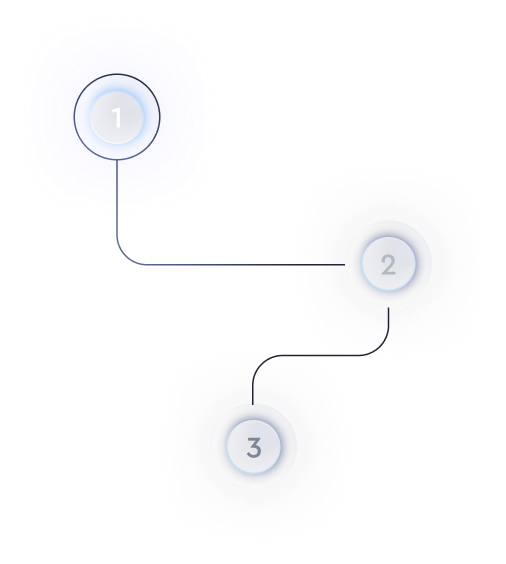Framer vs Webflow: Which is better for no-code website building?
Overview of Framer and Webflow
When it comes to building websites without coding, Framer and Webflow are two of the most popular tools available today. Both platforms offer robust features that allow designers and non-technical users to create sophisticated websites without touching a single line of code. However, they cater to slightly different audiences and offer distinct feature sets that could influence your choice.
Design Flexibility and Ease of Use
Framer is renowned for its highly visual approach to website design, making it a favorite among creatives and designers. It offers a range of pre-designed components and allows for advanced animations and prototypes, which can give a unique edge to a website’s user interface.
Webflow, on the other hand, aims to serve a broader audience, from professional designers to business users. It features a more comprehensive drag-and-drop editor that closely resembles graphic design software. This makes it incredibly intuitive, even for users with minimal design experience.
- Framer: Best for those who prioritize visual design and animations.
- Webflow: Ideal for users who want an all-in-one tool for both design and functionality.
Functionality and Features
Both platforms offer a range of features that allow users to build complex websites, but they emphasize different aspects of functionality.
Framer focuses more on the user experience and design elements. Its interactive design tools allow you to create fluid transitions and complex animations easily.
Webflow, however, integrates more deeply with CMS and e-commerce. This makes it a strong candidate for users who need to manage data and content effectively while still seeking extensive customization.
- Framer: Best for interactive prototypes and animated interfaces.
- Webflow: Suitable for CMS-driven and e-commerce sites.
Community and Learning Resources
The availability of community support and learning resources is crucial when mastering a no-code tool.
Framer offers a growing library of user-created content, templates, and extensions. Its community is vibrant, particularly among designers who prioritize aesthetics and novel design approaches.
Webflow boasts one of the most comprehensive educational resources available for a no-code platform. Its 'Webflow University' is lauded for its high-quality tutorials and guides, which cover every aspect of the platform in detail.
- Framer: Flourishing community of designers for creative inspiration.
- Webflow: Extensive educational resources ideal for beginners.
Integration Capabilities
In today’s digital landscape, the ability to integrate with other tools and services can significantly enhance productivity.
Framer currently offers limited third-party integrations but is continually expanding. Its main strength lies in integrating with design tools like Figma.
Webflow excels with its plethora of integration options, including Zapier, Google Analytics, and several others tailor-suited for business needs. This makes it a more viable option for users looking to incorporate a range of external services.
- Framer: Strong integration with design tools.
- Webflow: Extensive third-party integration options.
Cost Considerations
Budget is always an essential factor in choosing a no-code platform. Both platforms offer a range of pricing plans tailored to different requirements.
Framer tends to be more cost-effective for freelancers and small teams, providing essential functions at a lower cost.
Webflow provides a more scalable pricing structure that can accommodate the growing needs of businesses. Its different tiers allow for increased functionality and support as your requirements evolve.
- Framer: More economical for small-scale projects.
- Webflow: Scalable plans suitable for growing businesses.
In summary, choosing between Framer and Webflow largely depends on your specific needs and priorities. Framer stands out for highly visual designs and is ideal for those focused on creativity and interactive interfaces. Conversely, Webflow offers comprehensive features suitable for larger projects involving CMS and e-commerce, backed by extensive resources and integrations.

